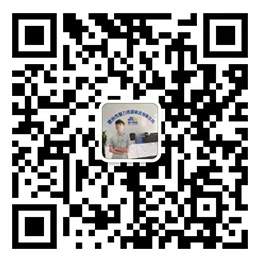Introduction: Force sensors are critical to all car planning and production processes. They are used extensively in component and system level tests, engine and powertrain tests, vehicle and lab tests, final and final tests, and in a variety of racing applications. They play an important role in determining the integrity and optimization of new car and component planning, together helping to ensure power, safety and accuracy.
Today's global car makers face many challenges in planning and creating the next generation of cars. Among them, the biggest challenge is to deal with higher and higher data costs, forced emission reduction specifications and rising fuel prices. As a result, car engineers are working hard to exceed the skill limit in car planning, using lighter and more consolidated data to achieve higher power.
In fact, force sensors are critical to all car planning and production processes. They are used extensively in component and system level tests, engine and powertrain tests, vehicle and lab tests, final and final tests, and in a variety of racing applications. They play an important role in determining the integrity and optimization of new car and component planning, together helping to ensure power, safety and accuracy.
The force sensor has a "tired life" rating. Universal force sensors are planned for use with static loads or low cycle frequency loads.
They generally accept 1 million fatigue life, but the detailed number depends on the load level slow sensor data. The fatigue-resistant sensor can accept millions of load cycles or even billions of load cycles without affecting the performance of the force sensor.
There are many types of force sensors available for testing, including multi-fold beams, multi-columns, and shear forces. And these are just the fundamental building blocks of all possible force sensor shapes and / or equipment. The construction data of the force sensor is generally (but not limited to) carbon steel, stainless steel and aluminum.
Multi-fold beam-type force sensors typically have a smaller range (≤ 22 kN) and have a wheel-shaped cantilever beam planing elastomer. This enables a more messy force sensor package. Examples of the use of such a force sensor include force measurement on the foot pedal and the like.
Shear force sensors typically have a medium/wide range scale (between 2 and 1000 kN) and also have a wheeled elastomer, but the beams are placed in a shear plan. Consolidating the durable construction helps create a more accurate force sensor that minimizes the effects of loads that are not applied to the centerline (ie, the wrong axial load). Its field of use is similar to that of a multi-bend beam sensor, but spoke-type planning is more suitable for tests that require more precision and may have external mechanical loads. Examples of its use include component mounting of the suspension system and the like.
Multi-column force sensors typically have a larger range (between 110 and 9000 kN). In addition, column planning allows for more efficient packaging while maintaining the ability to measure extremely high loads. Such force sensors can be used in structural tests (pressure or pull) of various components or materials prior to failure to usefully determine their expected life and structural integrity. Examples of its use include drive axles, doors, frames, and body tests.
When selecting a force sensor, in addition to thinking about and understanding all the specification parameters used, you must also consider the key factors such as accuracy, operating environment, physical dimensions and mechanical interface, and the electrical output required to connect to the measurement system. The force sensor should be satisfactory or exceed the specification values of the items considered.
In addition, the supplier's merchandise and service reputation and their professional understanding should also be considered. The selected supplier should be aware of the challenges faced by car manufacturers and the increasing demand for force sensor skills to complete the ultra-active and robust test.


 13602604941
13602604941
